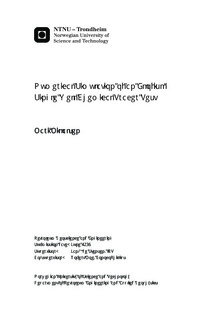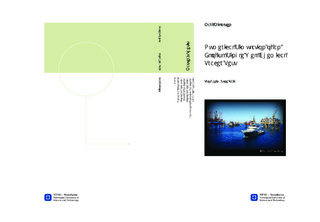| dc.description.abstract | The Ekofisk field in the North Sea has been undergoing waterflood since 1987. It has proved to efficiently recover oil by means of spontaneous imbibition. The plan is to continue waterflooding until the end of the license in 2028. The challenge lies in how to recover the residual oil left immobile after the waterflood. The average oil saturation in the flooded parts of the reservoir is approximately 30 %. Surfactant flooding has now been proposed as an option, and is showing promising results in the laboratory. An enhanced imbibition study by injection of low concentration surfactants was conducted in the mid-1990s. The study was terminated in 1997 due to lab measurements of unsatisfactory high adsorption, making it un-economical. Further studies on surfactants were not done until 2011. The most attractive feature of the surfactant this time around is its ability to lower IFT enough to free immobile oil from the pores. Both the economics and understanding of the surfactant process have improved significantly over the last 20 years, making it an option once again.
Current plans involve the implementation of a single well chemical tracer test in 2015 to confirm the lab results on the effect the surfactant flood has on the residual oil. Several simulation studies were conducted in this thesis to determine the expected injection rates and the volumes necessary to execute an efficient pilot test. Particular attention is paid to the influence of surfactant adsorption and the effect of geological features in the test area. Adsorption proved to have a particular large effect on the acting distance of the surfactant slug.
Based on history matching and other specific simulation studies, the expected injection rate was determined to be 35 bbl/day for a 20 feet high perforation interval. With this rate a total of 6 months to complete the SWCTT was required with the predetermined slug volumes. | |

